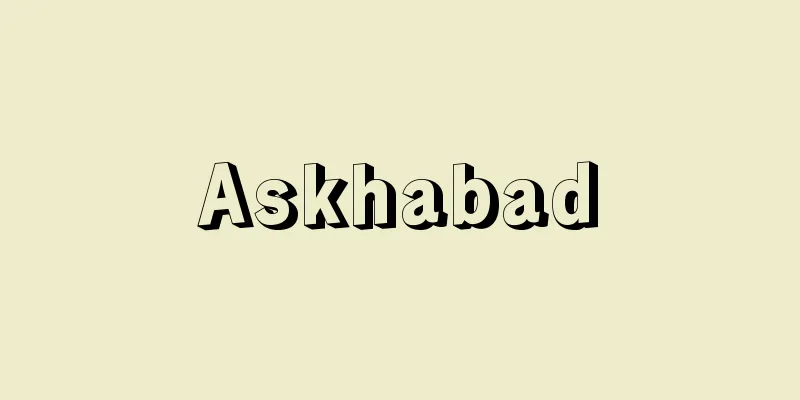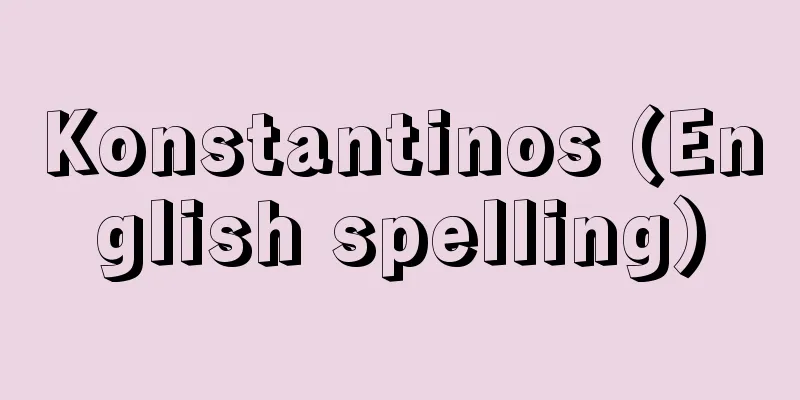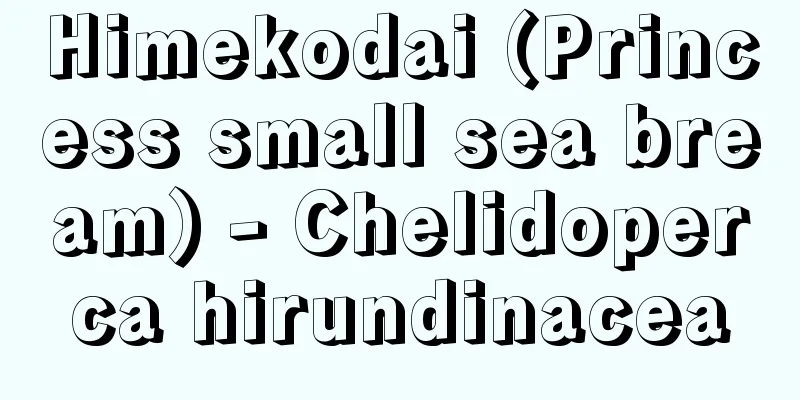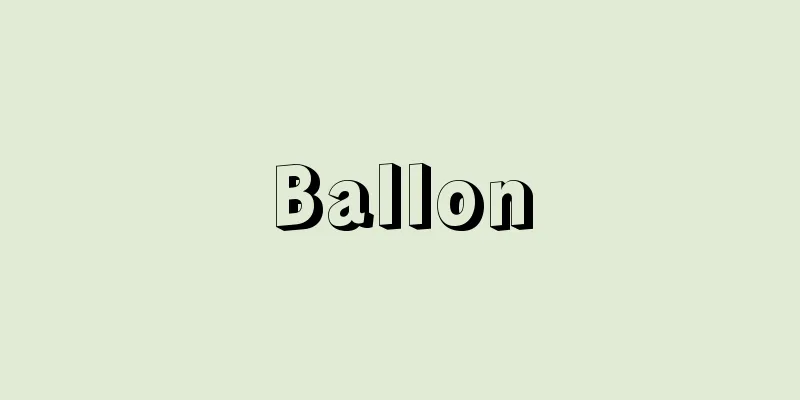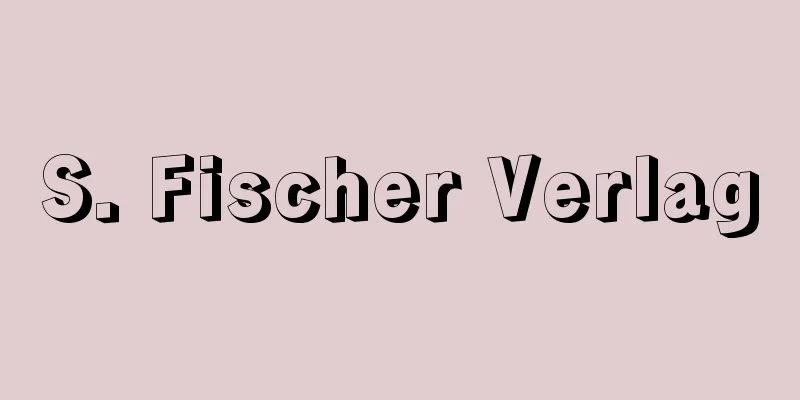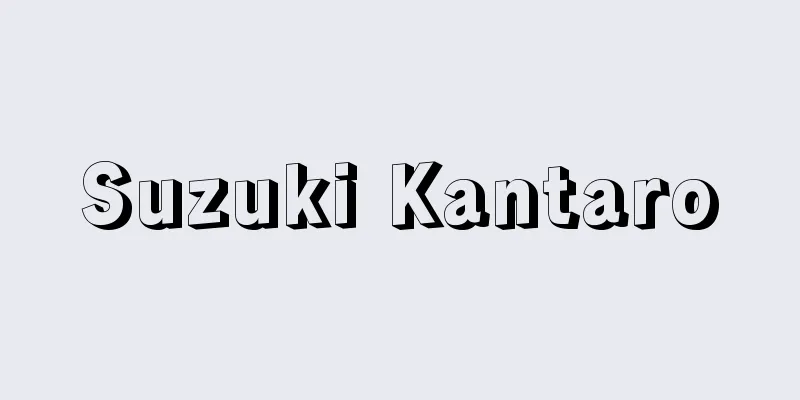Kanton

|
According to a 1990 survey, the proportion of Swiss people who use different languages, excluding foreign residents, was German 73.4%, French 20.1%, Italian 4.1%, Rhaeto-Romanic 0.7%, and other 1.3%. Since all major languages are designated as national languages, each canton (Kanton) determines its cantonal language, and each municipality (Gemeinde) is allowed the freedom to decide on the language to be used in school education and other official occasions, Switzerland maintains "linguistic peace." *Some of the terminology that mentions "Kanton" is listed below. Source | Heibonsha World Encyclopedia 2nd Edition | Information |
|
…外国人居住者を含まないスイス人の使用言語別比率を1990年の調査で見れば,ドイツ語73.4%,フランス語20.1%,イタリア語4.1%,レト・ロマン語0.7%,その他1.3%となっている。主要言語すべてが国語と定められている上に,各カントンKanton(州)がカントン語を定め,各ゲマインデGemeinde(市町村)が学校教育をはじめ公的な使用語を決める自由を認められているので,スイスは〈言語の平和〉が保たれている。 ※「Kanton」について言及している用語解説の一部を掲載しています。 出典|株式会社平凡社世界大百科事典 第2版について | 情報 |
Recommend
Shikeshida - Shikeshida
A perennial herb of the Metaminoceae family that c...
Daily employment - Toshihiyatoi
A type of day laborer in the early modern period, ...
Diamond Wisdom - Vajrayana
Indian monk. His Sanskrit name was Vajrabodhi. He...
Argentine Socialist Party
…Argentine politician. Socialist and founder of t...
Error correcting code
Data added to detect and correct errors that occur...
Tatsuo Yamamoto
Born: March 3, 1856 (3rd year of Ansei) Bungo [Die...
"Ofunamoriebi face show" - Ofunamoriebi face show
...The term "nama-sewa" in Nanboku did ...
abyssal gap
…(3) A large oceanic mountain system of global sc...
Uremia
(7) Uremia Concept In patients with chronic kidney...
Rubber band - wagomu
〘noun〙 (gomu is gom) A thin rubber band shaped int...
Special corporation - tokushuhojin
A general term for corporations established under...
Ganjiang and Moye - Kansho Bakuya
…The story of “Casting a Sword” from Lu Xun’s “Ne...
Sugukina (vinegared stem vegetable) - Sugukina (English name) Brassica campestris L.var.neosuguki
A biennial plant of the Brassicaceae family. It is...
Clouds
During the Edo period, this referred to travellin...
Bodley, T.
...Thus, after the Protestant Reformation and the...


